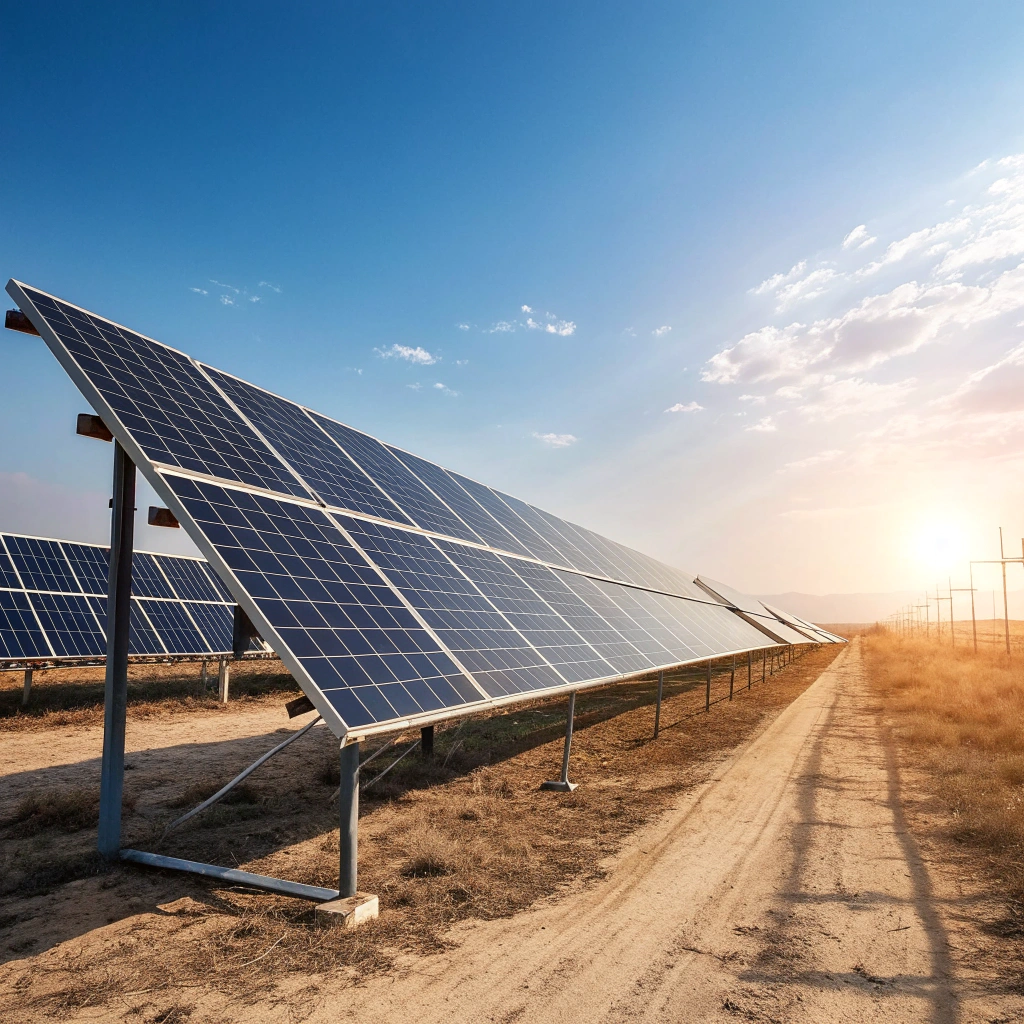How Chinese Solar Manufacturers Contribute to the Global Clean Energy Transition?
•
How Chinese Solar Manufacturers Contribute to the Global Clean Energy Transition?
The world is racing toward renewable energy, but who's powering this transition most effectively? Chinese solar manufacturers[^1] have emerged as unexpected champions in this global shift.
Chinese solar manufacturers[^1] drive the global clean energy transition through technological innovation[^2], cost-effective production[^3], and scalable solutions[^4], making solar energy accessible worldwide while maintaining high quality standards.

With over 70% of global solar panel production originating from China, these manufacturers aren't just participating in the clean energy movement - they're leading it. Their contributions extend far beyond simple manufacturing, creating ripple effects across international markets.
Dual Assurance of Leading Technology and Reliable Quality?
Why settle for either advanced technology or dependable quality when you can have both?
Chinese solar manufacturers[^1] combine cutting-edge PERC, TOPCon, and HJT technologies with rigorous quality control systems[^5], delivering high-efficiency panels that maintain performance for 25+ years while reducing LCOE (Levelized Cost of Energy).
![Close-up of robotic solar panel production line in China]
The Technology Behind the Efficiency
Chinese manufacturers have pioneered several key solar innovations:
| Technology | Efficiency Gain | Chinese Adoption Rate |
|---|---|---|
| PERC | +1.5% | 95% of production |
| TOPCon | +2% | Rapidly scaling |
| HJT | +3% | Early commercialization |
These technological advancements didn't happen by accident. Companies like LONGi and JinkoSolar invest heavily in R&D, with some dedicating over 5% of revenue to innovation. I've visited factories where the precision of robotic assembly lines rivals semiconductor fabs, producing panels with <0.5% defect rates.
Quality Systems That Build Trust
The quality assurance process typically includes:
- Raw material screening (silicon purity >99.9999%)
- In-line EL (Electroluminescence) testing
- Accelerated aging tests (85°C/85% humidity for 1000+ hours)
- Third-party certification (UL, IEC, TÜV)
This dual focus creates products that outperform industry standards while maintaining cost advantages through scaled production. The result? Solar projects with faster ROI globally.
PERC technology[^6] was primarily developed by Chinese manufacturers. True
Chinese companies pioneered mass production of PERC cells, now the global standard.
Quality compromises enable Chinese solar cost reductions. False
Cost advantages come from scaled production and vertical integration, not quality reductions.
Diverse Solutions to Meet the Needs of Different Markets?
How can one country's solar industry serve deserts, rooftops, and floating installations equally well?
Chinese manufacturers offer tailored solar solutions including bifacial modules[^7] for high-irradiation areas, lightweight panels for rooftop installations, and specialized products for harsh environments, addressing diverse global market needs.
Product Diversification Strategy
The product matrix typically includes:
-
Utility-scale solutions:
- 500W+ bifacial modules[^7]
- Trackers and system integration
- 30% lower BOS (Balance of System) costs
-
Commercial/Industrial:
- Black-on-black modules for aesthetics
- Building-integrated photovoltaics (BIPV)
- Custom sizing options
-
Emerging Markets:
- Tropicalized modules (resistant to humidity/salt)
- Off-grid compatible systems
- Pay-as-you-go financing models
Case Study: Desert vs. Rooftop Adaptations
In the Middle East, Chinese manufacturers supply glass-glass modules with anti-soiling coatings, while in European urban areas, they provide frameless panels with sleek designs for architectural integration. This adaptability stems from:
- Flexible production lines (quick product changeovers)
- Regional R&D centers
- Co-development with local partners
The ability to serve these diverse applications positions Chinese manufacturers as one-stop shops for global solar development.
Bifacial panels work best in all environments. False
Bifacial gains require reflective surfaces; monofacial often better for rooftops.
Chinese manufacturers produce only standardized panels. False
Custom solutions account for ~25% of exports to address niche applications.
Extensive International Export Experience and Cooperation Cases?
What happens when Chinese solar expertise meets global clean energy ambitions?
Chinese solar manufacturers[^1] have deployed over 150GW internationally through strategic partnerships, local production facilities[^8], and technology transfers, creating win-win scenarios that accelerate the global energy transition while supporting local economies.
![World map showing Chinese solar export flows]
Global Footprint and Local Impact
Major cooperation models include:
-
Turnkey Project Delivery:
- 2GW solar park in Qatar (completed in 18 months)
- 1.5GW complex in Chile with energy storage integration
-
Technology Transfer Programs:
- Module factories in Vietnam and India
- Training centers in Africa and South America
-
Joint Innovation Initiatives:
- Floating solar R&D with Dutch partners
- AgriPV development with French research institutes
Overcoming Trade Barriers
Despite some trade restrictions, Chinese manufacturers have adapted through:
- Local content partnerships (e.g., US silicon sourcing)
- Third-country production hubs
- Advanced product differentiation (avoiding commodity competition)
These strategies have maintained China's >60% share of global module supply while creating positive local employment impacts in recipient countries.
Chinese solar exports have declined due to trade barriers[^9]. False
Exports reached record levels in 2023 through adaptation strategies.
Technology transfers hurt Chinese manufacturers' competitiveness. False
Shared know-how expands markets while maintaining leadership in next-gen tech.
Conclusion
Chinese solar manufacturers[^1] accelerate the global energy transition through technological leadership, adaptable solutions, and international collaboration, making clean energy more accessible worldwide.
[^1]: Learn about the latest advancements that are making solar energy more efficient and accessible.
[^2]: Understand how scalable solutions are essential for meeting global energy demands.
[^3]: Learn about the advantages of bifacial modules in maximizing solar energy capture.





